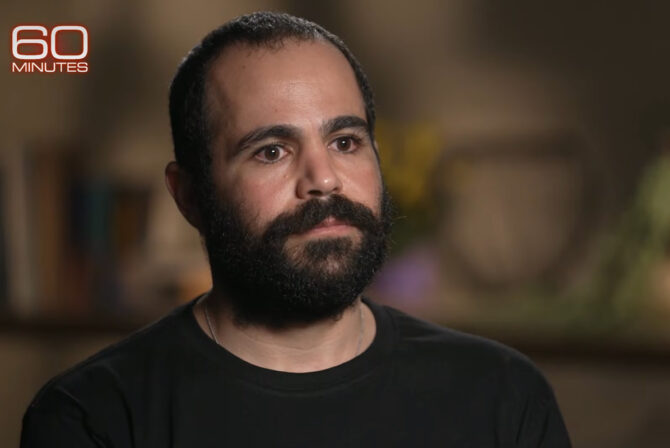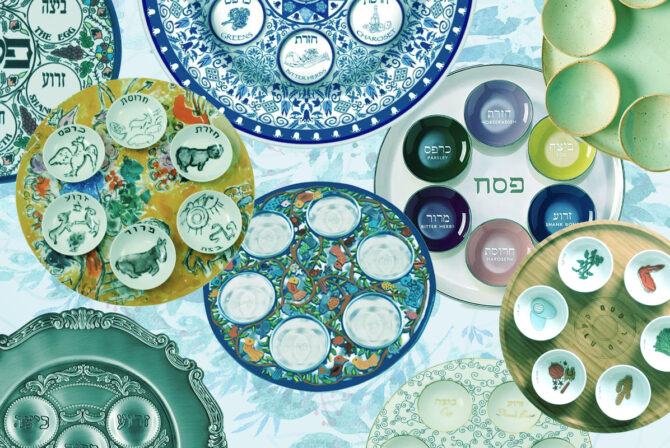We all want to raise ethical children – children who care about others, about the environment, about making the world a better place. But in a society where the focus seems to be more and more about “me,” can we change this pattern? How can we help our children to value people in addition to valuing things?
A way to change that me-focus is to translate Jewish values into concrete language and experiences for our preschoolers. It’s best to start with values that impact your child’s life directly, like visiting the sick (in Hebrew, bikkur holim). Young children remember being sick, so they can easily empathize with another person. The next time your child is recovering from a cold, engage them in a conversation about what kinds of things make them feel better. Brainstorm a list of “get well strategies” that you can refer back to (and if you’d like, you can call it your “Bikkur Holim List”). It should include anything and everything that they come up with – getting hugs, watching movies, eating soup, etc. This list is a great tool. Pull it out when you hear about someone else who is sick, and you and your child can decide together which of the things on the list might help that someone feel better.
How to Do It
 There are many age-appropriate ways for your child to visit the sick, depending on your comfort level and your child’s innate temperament. You can work directly with patients, or more behind the scenes. Any of these will give you an amazing opportunity to expand your child’s understanding of his/her own power in the world around you and will help them to rethink their role in healing.
There are many age-appropriate ways for your child to visit the sick, depending on your comfort level and your child’s innate temperament. You can work directly with patients, or more behind the scenes. Any of these will give you an amazing opportunity to expand your child’s understanding of his/her own power in the world around you and will help them to rethink their role in healing.
• You can literally visit. While most hospitals will not allow young children to come in, nursing homes will. You can set up a time to come in and visit on your own or to volunteer for a holiday party or social activity. Or better yet, organize a visit to a nursing home with your child’s nursery school class.
• It will be important to prepare your child for what they might see. A few books that I recommend include: Singing with Momma Lou by Linda Jacobs Altman (for Alzheimers Disease), Nana Upstairs, Nana Downstairs by Tomie dePaola and Oma’s Quilt by Paulette Bourgeois (both for the elderly). Be sure to have a conversation about what is going to happen before you go. Help them to understand that they may see, hear, or smell things that are unusual. Reiterate to them that the people they will be visiting may be lonely or sad and tell the children how happy the residents will be to see them, and how their visit will make them feel better.
• Volunteer for home visits. There are many organizations that are focused on visiting homebound sick/elderly people that are eager to have families volunteer together. In New York City, Dorot is a great resource, but you can also contact the Visiting Nurse Association or Meals on Wheels. Many JCC’s and YMCA’s also have programs.
• Make soup or a meal for someone in your neighborhood. When you hear about someone that is sick or that is recovering from a medical procedure, involve your child in cooking and delivering a meal.
• Make get-well cards, pictures or homemade gifts for children that are in the hospital. Even if you cannot go up to the floor to visit, your cards and gifts will be a welcome respite for patients.
• If there is an illness that directly affects your family, volunteer for a walk or drive that addresses it. Participating in a walk-a-thon or benefit will give your child a perspective not only on visiting the sick, but also on giving charity (tzedakah). An older preschooler can participate in Locks of Love – where they grow their hair and then have it cut to donate to make wigs for children who have lost their hair in treatment.
How to Talk About It
These are just some ideas for powerful, hands-on ways that you can get your preschooler involved in bikkur holim. But what is equally important is the conversation that you have with them after the experience. Ask questions like:
• How did you feel?
• What was hard/what was easy?
• How do you think the person you affected felt about what you did?
• What else might we do to help people feel better?
You will be surprised by what they will come up with as they reflect on what you experienced together. Having these experiences together will open up amazing conversations about who they are and what their place is in the world around them.







